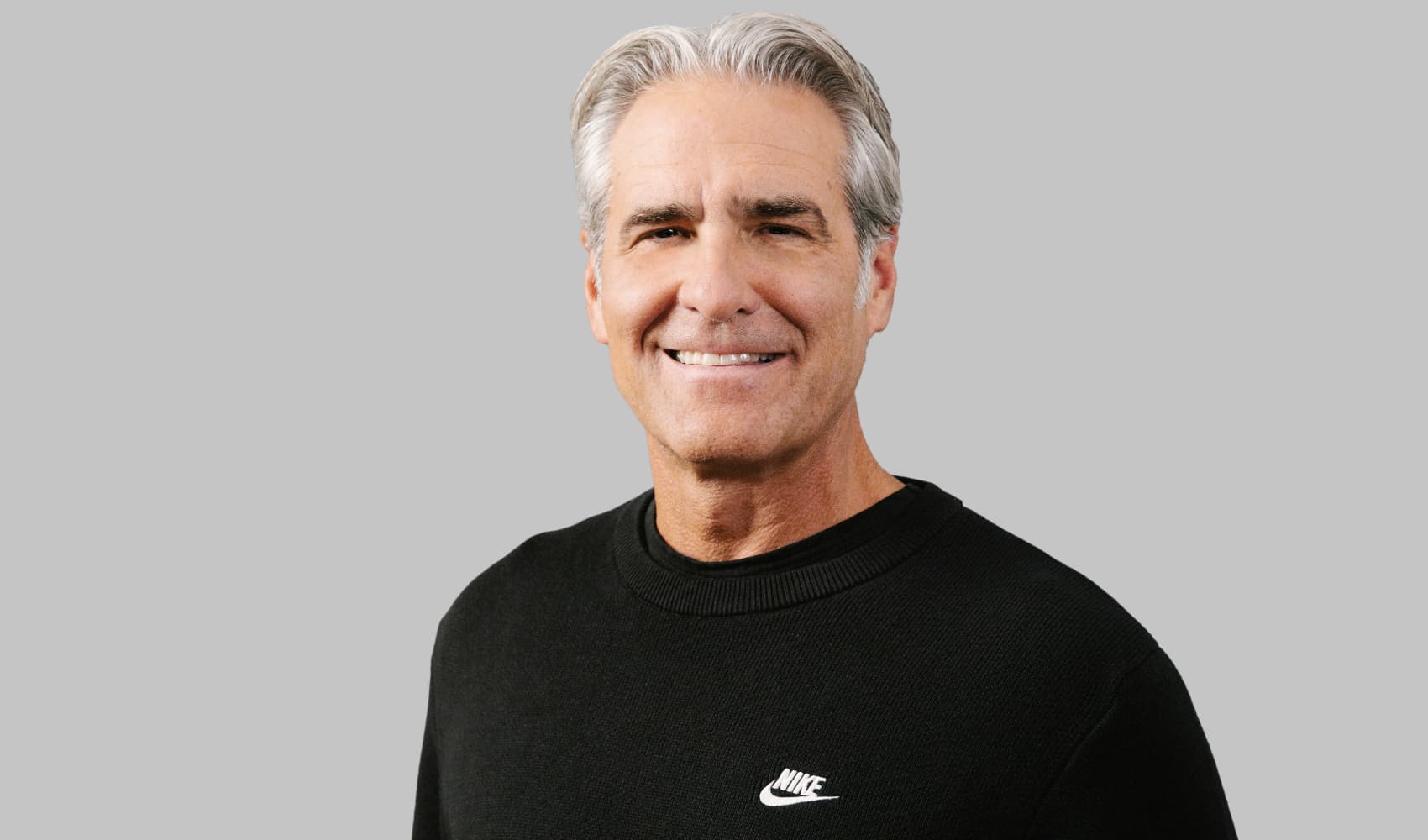
A sizeable number of Americans hope to retire as millionaires, according to Bankrate's latest savings survey. While that can seem like a lofty goal, it's possible to achieve it with the right planning.
A little over a third of American workers say they'll need $1 million or more to retire in comfort, per Bankrate's survey. The median amount they think they'll need saved up is about $875,000. And millennials are the most likely of each generational cohort to think they'll need to save up at least $1 million to retire comfortably.
The numbers show it can be possible, even if you only start preparing at, or after, age 30.
While figuring out how much you'll need in order to retire will depend on personal factors such as where you plan to live or how often you'll want to travel, the key to reaching your retirement savings goal is finding a strategy you can stick with consistently.
DON'T MISS: How to master your money and grow your wealth
"It's important to realize that it's a marathon rather than a sprint," Matt Schulz, chief credit analyst at LendingTree and author of "Ask Questions, Save Money, Make More," tells CNBC Make It. "If you don't, you risk ending up getting discouraged and stopping the process before you really get anywhere."
With that in mind, CNBC calculated how much you would need to save each month in order to retire with $1 million at 65, starting at ages 25, 30, 35 and 40. Note that these calculations assume a beginning balance of $0 and don't account for unexpected life events such as market volatility, layoffs or promotions.
If you start at 25
- Earning a 5% annual rate of return: $655 per month
- Earning a 7% annual rate of return: $381 per month
- Earning a 9% annual rate of return: $214 per month
If you start at 30
- Earning a 5% annual rate of return: $880 per month
- Earning a 7% annual rate of return: $555 per month
- Earning a 9% annual rate of return: $340 per month
If you start at 35
- Earning a 5% annual rate of return: $1,202 per month
- Earning a 7% annual rate of return: $820 per month
- Earning a 9% annual rate of return: $546 per month
If you start at 40
- Earning a 5% annual rate of return: $1,679 per month
- Earning a 7% annual rate of return: $1,234 per month
- Earning a 9% annual rate of return: $892 per month
As the calculations demonstrate, the sooner you can start saving for retirement, the less money you need to set aside each month.
Money Report
The good news is that even if you aren't able to begin setting aside funds for your retirement until you're 40, you could still retire with $1 million if you substantially increase your monthly contributions.
Taking control of your retirement savings
Remember, although having an overall retirement savings goal can be helpful during the planning process, the number you see reflected in your account can change depending on factors beyond your control such as downturns or upswings in the stock market.
That's why you should focus on what you can control, such as the percentage of your annual income you consistently contribute toward your retirement investment accounts, also known as your savings rate.
Generally, aim for a savings rate of 15%, according to Fidelity Investment, one of the country's largest 401(k) providers.
If you're in your 30s or 40s and have nothing put away yet, you'll likely need to substantially boost your contributions rate in order to catch up, says Anne Lester, a retirement expert and author of "Your Best Financial Life: Save Smart Now for the Future You Want."
Don't know how much you'll need to retire? You're not alone. Almost a quarter of workers are in that camp, according to Bankrate's survey.
CNBC Make It's retirement calculator can give you an estimate of how much you may need, as well as how much to save monthly in order to reach that goal, based on factors including your age, how much you have saved already and your income.
"Among the first necessary or helpful steps along the journey toward success is to identify a goal and to have a plan and process," says Mark Hamrick, Bankrate's senior economic analyst, in Bankrate's report. "To do anything else is the financial equivalent of driving without a seatbelt, or worse, with blinders on."
Want to master your money this fall? Sign up for CNBC's new online course. We'll teach you practical strategies to hack your budget, reduce your debt, and grow your wealth. Start today to feel more confident and successful. Use code EARLYBIRD for an introductory discount of 30% off, now extended through September 30, 2024, for the back-to-school season.






